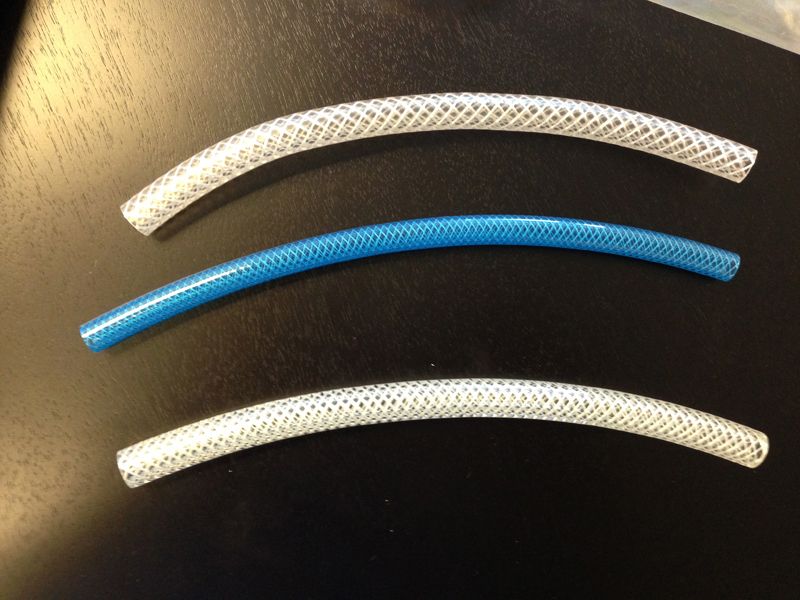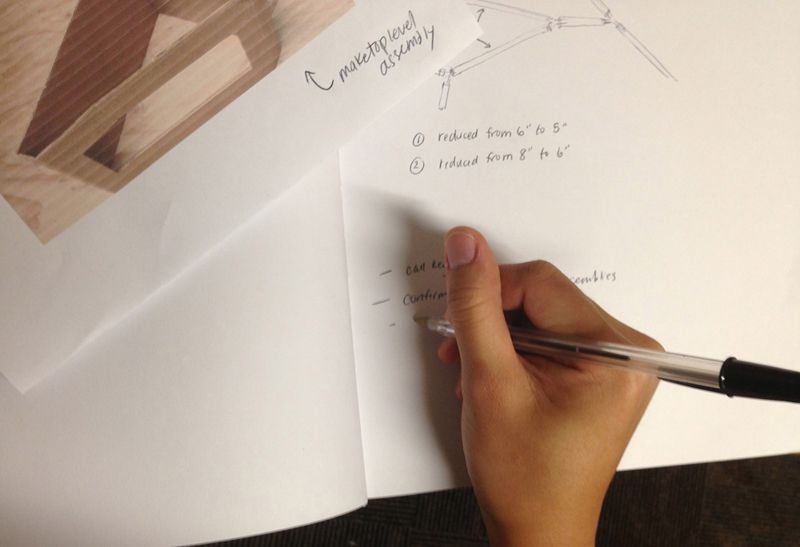The primary engineer at 3rd Stone, Krister, recently left for Alaska last Thursday. Since then, many of the tasks that he had previous been responsible for completing have been passed onto me. In some ways, much of my learning has been a bit of trial by fire. I’m realizing that this is how most jobs would work outside of school. No one is truly obligated to guide you through the process, and though 3SD has been amazing in giving me the tools and tips to adapt to the engineering industry, the rest of the growth is up to me! Since our visit to Pride, I’ve been in continuous contact with the quality engineers and project managers that are in charge of manufacturing the Pumani units. 3SD has been really pushing hard to get the 36-40 units produced and shipped out to Lilongwe this past week.
During this process, I’ve been updating the 6-7 remaining Pumani units we have in storage to the most recent revision. This involves taking apart all the internal tubing assemblies, replacing parts, and creating new drawings/documents. I also tried to test out some alternative, kinkless tubing to see if those would be an option, but our current material is superior.

One of the primary changes was to replace a temporary piece inside the unit with heat shrink tubing. Surprisingly, one of the largest challenges for me was not directly involved with the part replacement, but rather using the SolidWorks Product Data Management system. I’ve never used PDMworks before, so many of the nuances of uploading models, checking them in, and monitoring revisions is all very new to me. I definitely made a few mistakes and had to look through the PDMworks guides to find out the proper procedures for using a shared vault. However, after a day or so of creating my own CAD models and drawings for the tubing assembly and heat shrink, I feel fairly confident moving forward. After submitting the appropriate paperwork for installing the heat shrink tubing, I proceeded to physically rework the units to reflect these changes. Unfortunately, after many trials, it became clear that the solution was not ideal. I discussed some of my concerns with Robert, and together we decided on scrapping the heat shrink tube addition and replacing it with a simpler solution that worked beautifully. Of course, this means undoing the modeling and documentation that I had recently completed, but like I’d mentioned last week, these kinds of changes do not bother me. It is only because of the extensive amount of pre-production testing that we can be confident that the units we put into use will perform to the highest standard. All of the changes have been logged in my work notebook.

All of these changes happened over the course of less than 2 days, as Robert reminded me that timing and punctuality is of utmost importance when communicating with a manufacturer. I had to put in some extra hours to get these changes finalized and confirmed with Pride, but I realize it is vital for us to keep up with the schedule on our end to make sure the units are not delayed.